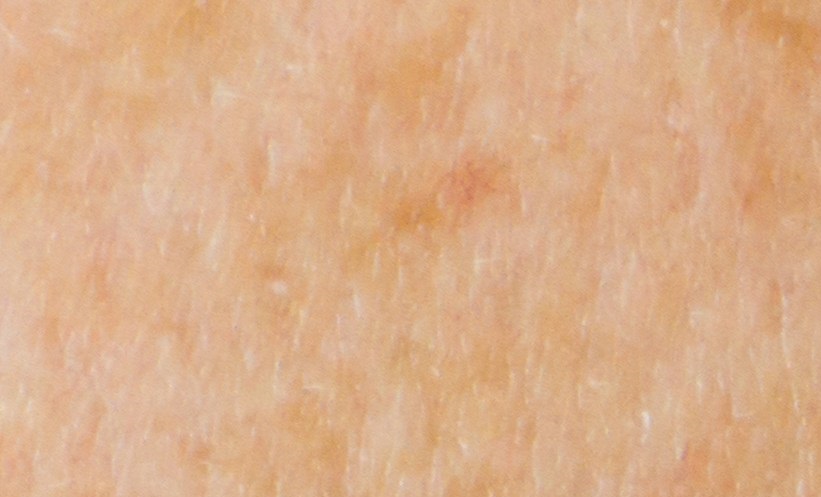AGE-STANDARDISED global incidence of cutaneous melanoma has risen on average by 1.13% per year (95% confidence interval: 0.93–1.32%) from 1990–2019, while the age-standardised mortality has declined by 0.27% (95% confidence interval: 0.19–0.36%). Accordingly, from 1999–2019, there has been a significant increase in melanoma incidence in Denmark; and, as of 2020, Denmark has the third highest age-standardised incidence of melanoma globally. Despite significant variation in incidence across countries, it is not established why mortality has remained relatively stable when compared to rising incidence.
Researchers from the University of Southern Denmark, Odense, Denmark, conducted a retrospective register study examining melanocyte-related lesion diagnosis using the Danish Pathology Data Bank from 1999–2019. The dataset comprised 1,434,798 biopsies of melanocyte-related diagnoses taken from 704,682 patients. Melanoma mortality data for 1999–2019 were taken from the Nordic cancer database NORDCAN. Estimated age-adjusted incidence rates were calculated for melanoma mortality and for all forms of melanocytic skin lesions, including benign lesions, atypical lesions, in-situ melanoma, and invasive melanoma. Pearson’s correlation coefficient and linear regression analysis were employed to investigate associations between biopsy rates and lesions. The objective of the study was to analyse the rise in melanoma cases and discuss factors that may have contributed to this trend in Denmark.
Researchers found that, over the 20-year period, incidence increased 2.5-fold for invasive melanoma, 5.2-fold for melanoma in situ, and 19.0-fold for atypical lesions; while biopsy rates increased by a factor of 1.9 and showed no significant trend in melanoma mortality. UV exposure increased diagnostic activity, overdiagnosis, and decreased pathologist threshold for melanoma diagnosis, which are explanatory factors that researchers considered for the observed trend in melanoma incidence. The group reported no “hard evidence” of a temporal change in UV exposure contributing to increased melanoma incidence, regardless of it being the leading cause of melanoma. Furthermore, campaigns like the Danish Sun Safety 2007 campaign should have contributed to reduced exposure over time. Instead, researchers noted that increased biopsy rates recorded during the study period demonstrate increased diagnostic activity, which could also contribute to the overdiagnosis of melanoma lesions. Researchers hypothesised that a lower threshold for specifying a melanoma diagnosis, as reported in other studies and indicated by the substantial increase in atypical and in situ melanoma lesions, could explain increased melanoma incidence.
The study concluded that due to the observational nature and excess of explanatory factors relative to outcomes, causal relationships cannot be inferred.
Reference
Nielsen JB et al. Increasing melanoma incidence with unchanged mortality: more sunshine, better treatment, increased diagnostic activity, overdiagnosis or lowered diagnostic threshold? Br J Dermatol. 2024;DOI:10.1093/bjd/ljae175.







